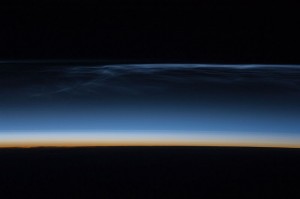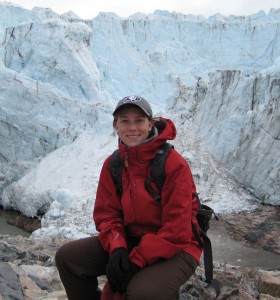Middle Atmospheric Weather Events
The middle atmosphere is a dynamic place- and although the density of the air is much lower than in the troposphere, it still experiences weather. The middle atmosphere comprises both the stratosphere and the mesosphere, approximately 10 km to 100 km (6 miles to 60 miles) above the surface of the Earth. The ‘weather’ in this region is deeply influenced by waves propagating up from the lower atmosphere and energy coming in from above, such solar wind events. This region of the atmosphere has been relatively unexplored until the last 20 years when remote sensing measurement from satellites and ground-based station allowed collection of information on the temperature, winds, cloud formation and minor air constituents.
Planetary Wave Disturbances & Stratopause Warmings
While Sudden Stratospheric Warmings (SSWs) are the most well known event in the polar winter middle atmosphere, smaller more frequent ‘weather’ events also occur. One such event involves a stratopause warming and co-incident cooling of the mesosphere. Katelynn and her colleagues have proposed the following dynamics responsible for these types of events: As large-scale planetary waves propagate up into the upper stratosphere, they interact with the background wind. When these waves break, they deposit their momentum and slow down the nominal eastward winds causing some vertical air motion as the atmosphere tries re-establish a balanced flow. As the air moves downward, it adiabatically heats and changes the thermal gradients near the stratopause (stratopause warming). The resulting change in the thermal wind and vertical shear in the horizontal winds has the ability to support baroclinic instability. This type of disturbance is the focus of Katelynn’s dissertation.


